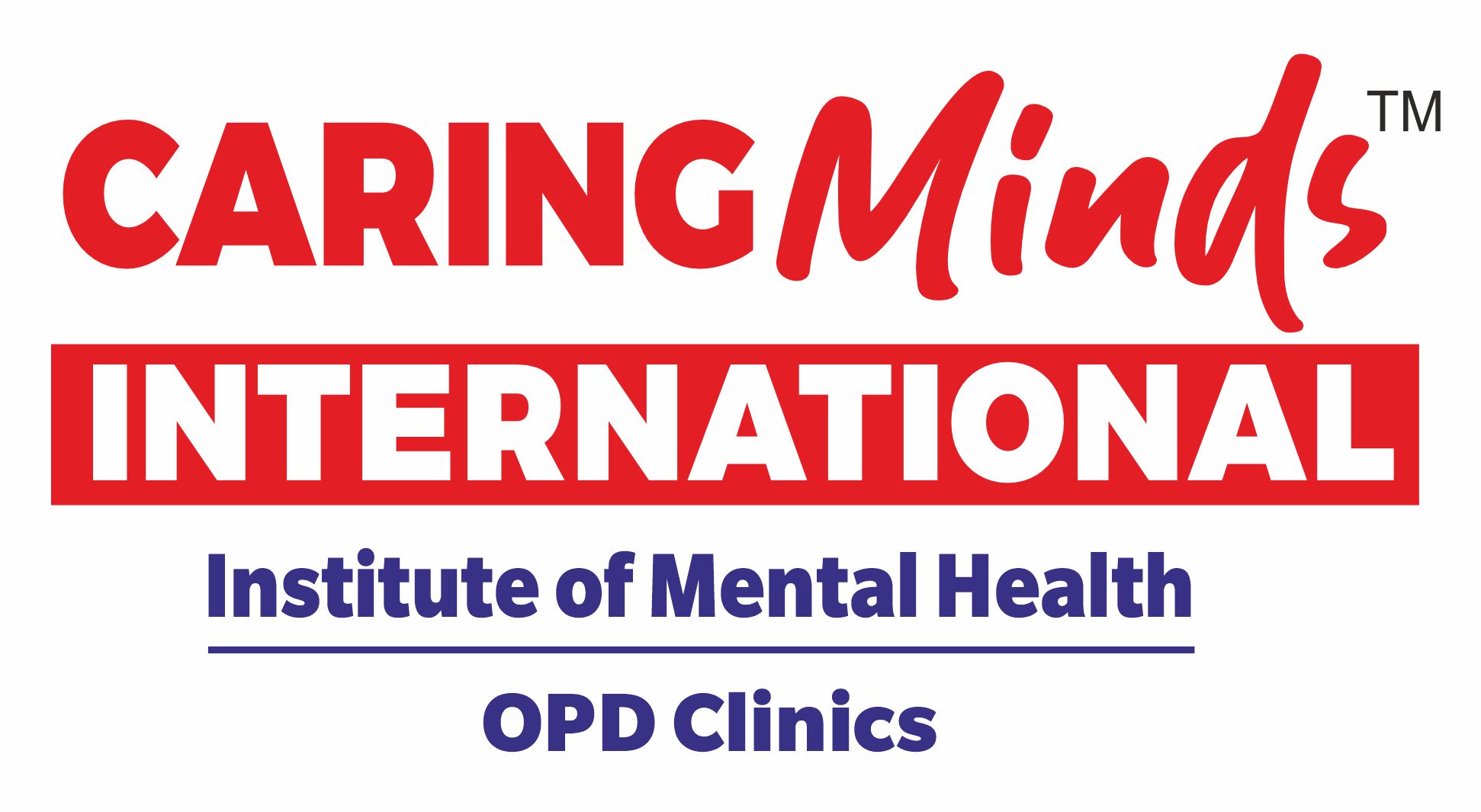Autism spectrum disorder (ASD) consists of a group of disorders with an onset typically occurring during the preschool years and characterized by varying but often marked difficulties in communication and social interaction. ASD, also known as pervasive developmental disorders, exhibit a varying range in terms of severity. The condition is characterized by challenges with social skills, repetitive behaviors, speech and nonverbal communication. Children might be showing signs of this syndrome if they lack meaningful eye contact, are unable to produce age-appropriate speech, engage in stereotyped repetitive patterns of behavior or interests and/or rigid, repetitive and monotonous play. Autism spectrum disorders can often be detected in children as young as 1 to 3 years of age. Early symptoms may include a marked delay in language or social development. Children with Autism may also have below average IQ. Children with these disorders may also show atypical responses to sensory experiences.
Worried that your child might have
- Does your child avoid making eye contact?
- Does your child fail to respond to his/her name, or to the sound of a familiar voice?
- Does your child fail to follow objects visually or follow your gesture when you point things out?
- Does your child have difficulty in playing with other people or sharing interest and enjoyment?
- Does your child appear disinterested or unaware of other people or what’s going on around them?
- Does your child prefer not to be touched, held, or cuddled?
- Does your child react unusually to sights, smells, textures, and sounds?
- Does your child insist on following a rigid routine and has difficulty adapting to any changes in schedule or environment?
- Does your child repeat the same actions or movements over and over again, such as flapping hands, rocking, or twirling?
- Does your child have unusual attachments to toys or strange objects such as keys, light switches, or rubber bands?
If you have said yes to most of the above, we might be able to help you.
Treatments, we provide that can help your child and you:




